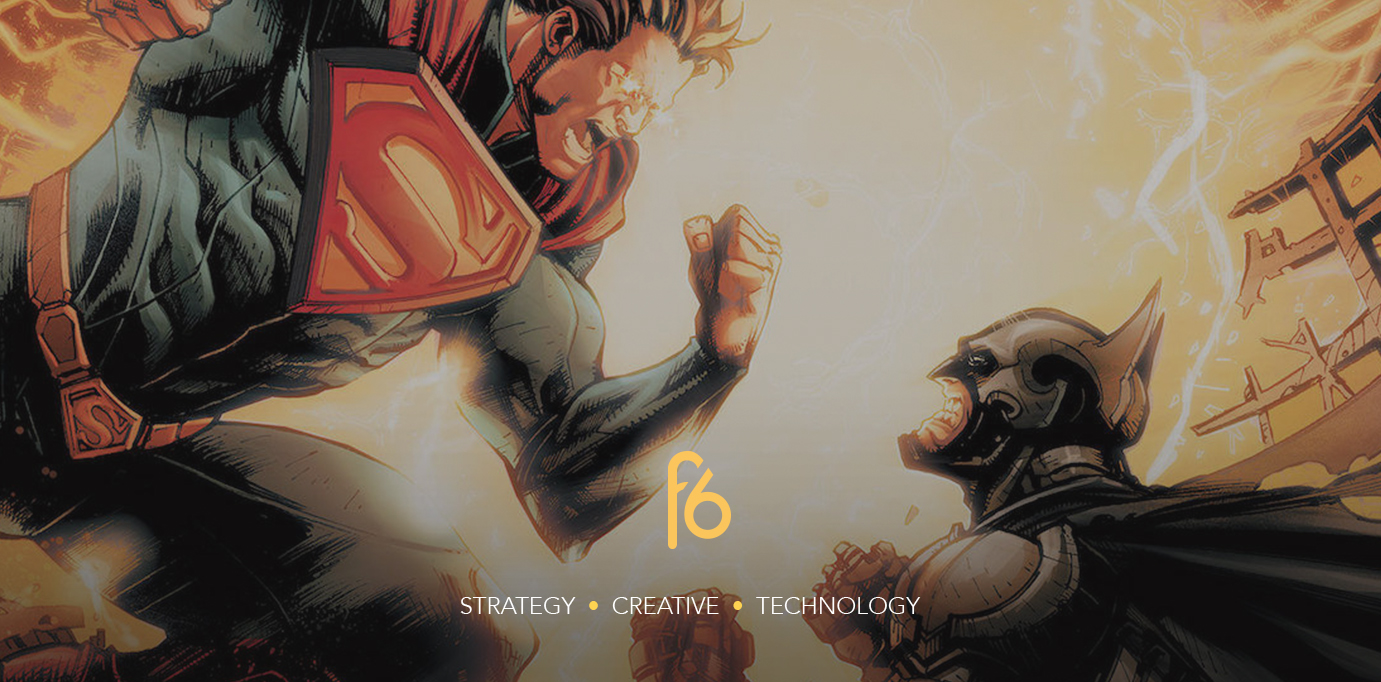In the words of Philip Kotler, ‘if you aren’t a brand, you’re a commodity’ – and nobody wants to be a commodity. How do we avoid this grim fate? Tone of voice is a good place to start.
A brand’s tone of voice will quite possibly be the first thing a customer is exposed to in their interactions with said brand – which is why it’s crucial that it’s inviting, memorable and consistent. Specifically, this refers to the words that populate a company’s literature, from copy appearing on merchandise packaging, to error messages on their website, to how they engage with customers on social media. It’s what will distinguish you from other brands, and let the world know what you’re setting out to achieve and how. If a brand’s tone is strong enough, then it will saturate every piece of content that brand releases.
Today, building a relationship with the customer is key to winning their hearts, and to do that, the customer needs to understand that there is a human behind the product – the ‘who’ behind the ‘what’, if you will. Elena’s blog post refers to this as H2H marketing – and human to human interaction is what will make people want to engage with a brand.
Writer Harriet Cummings produced a brilliant guide on tone of voice – she starts from the very building blocks of tone, suggesting that we first answer the question, ‘what is it that we want to tell the world?’ The answer reveals the ‘values’ of the company, and in turn will inform its ‘personality’ – and it’s personality that will make customers choose you over a competitor. Are you blasting your new product into the vast consumer space with fanfare and celebration, or are you warmly inviting customers to explore what you already offer? Will you use slang, emojis, or even (gasp) swearing to show who you are? The choice will determine who your message resonates with and how.
O2
O2 have a great command of language, and as a result, a strong tone of voice. Though their products are fairly technical, they’ve created a user-friendly experience through their use of contractions and light colloquialisms in their copy. When talking about online safety, they compare the internet to a ‘magician’s hat’, and invite customers to ‘pop along’ to one of their stores. Combined with just the right amount of tech-speak to show they know what they’re talking about, O2’s product pages make readers feel taken care of.
innocent
Innocent Drinks is often lauded as a brand that really knows its stuff when it comes to tone of voice, and its recent ‘Chain of Good’ campaign is a fantastic example of this. Their font is big, clear and colourful, they do away with capitalisation to give the impression of informal conversation – heck, they’ve even got a compliment generator on their website! And of course, users can share the compliments with recipients on social media – so far, innocent have effectively complimented a whopping 50,000 people this way. They are a brand that engages in a simple yet emotive dialogue with the world, letting us know that they care about both the people creating and consuming their product.
Superheroes
I like to think about tone in the same vein as one of my favourite things on the planet: superheroes. Caped crusaders are walking and talking brands – and as brands, each comes complete with a tone of voice.
Take Superman, for instance. Decked out in bright blue and red, he’s a beacon of hope for innocent bystanders everywhere. His values are honour and righteousness – and he makes this blatantly clear to allies and innocent bystanders…he probably uses his fridge magnets to spell ‘justice’. The point is, Superman’s dialogue is constructed around letting the world know that not only will he always be there to protect us – but with a little effort, we too can be heroes like him. Superman speaks in gentle tones to civilians, focusing on following dreams and guarding the weak. In true Superman fashion, his dying message to earth, engraved on the moon itself, was ‘Do good to others and every man can be a Superman.’
Batman, on the other hand, wears a shadowy cloak and cowl to become one with the night. You might not know he’s there…but he’s watching. In terms of tone, Batman is far more gruff and morose than his Kryptonian ally – literally changing his voice to a hoarse, throaty growl in some iterations of his story. He tends not to address the citizens of Gotham – his targeted market is the villains and dastards of his domain. Thus, Batman’s speech tends to contain vengeful musings and threats abound. Christopher Nolan’s Batman Begins is home to one of the dark knight’s darkest quotes: ‘There is something out there in the darkness, something terrifying, something that will not stop until it gets revenge: Me.’
Both are delivering the same product – heroism. But their methodologies are miles apart. Clark wants people to feel safe under his watchful and protective ward, while Bruce operates through fear and intimidation.
What does your brand want to say, and how? Is your brand a Superman or a Batman?



